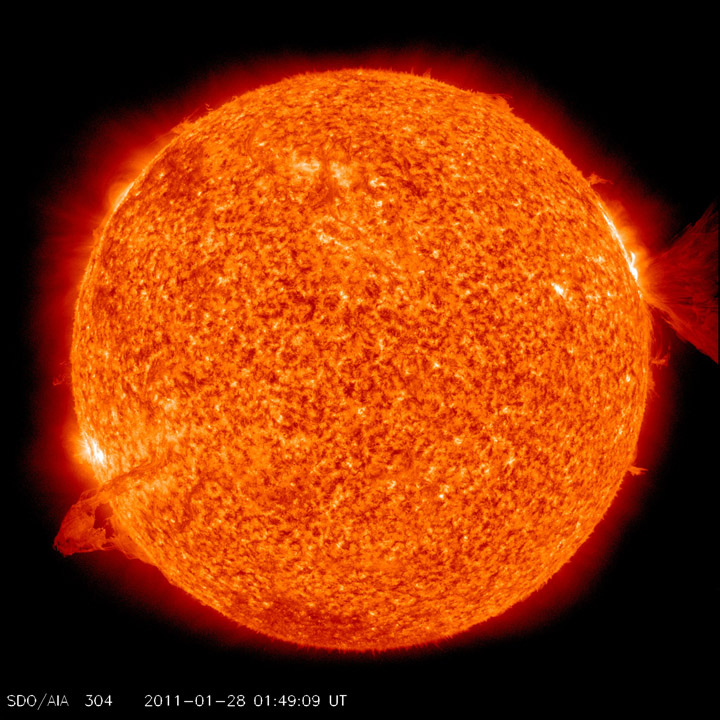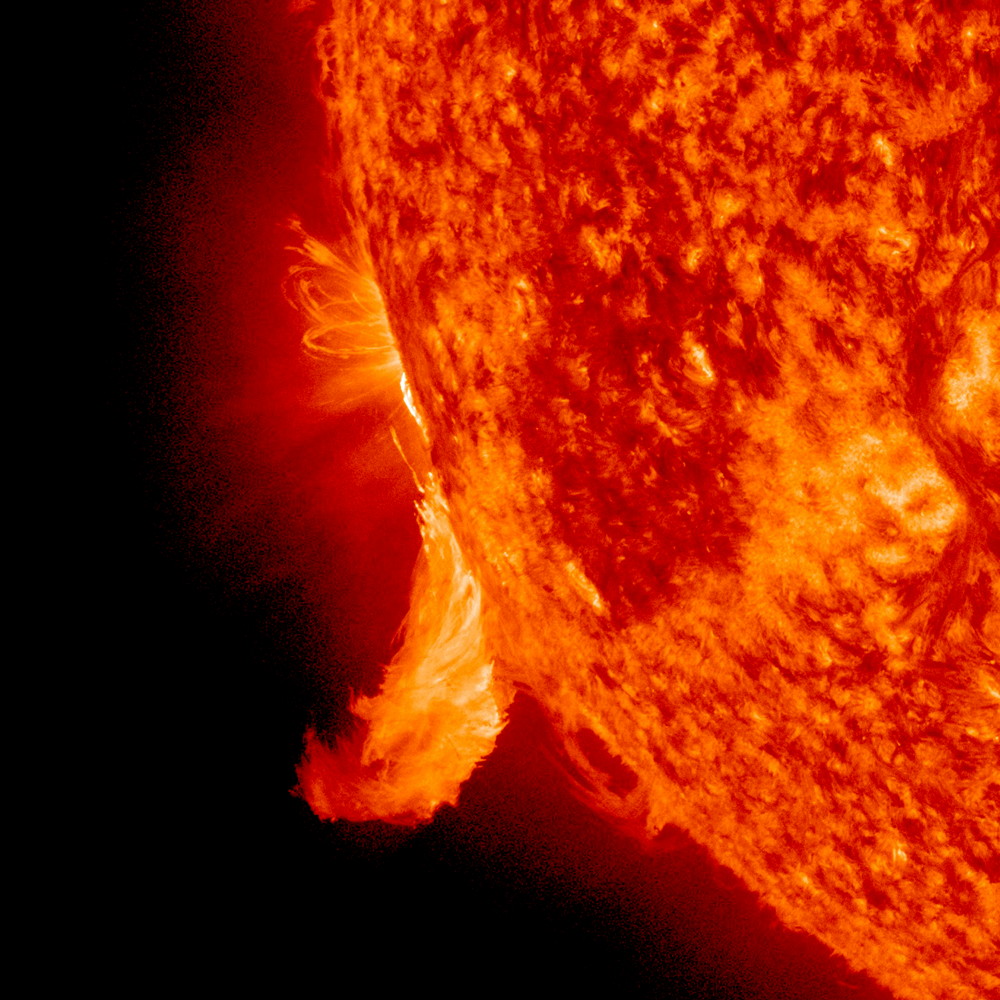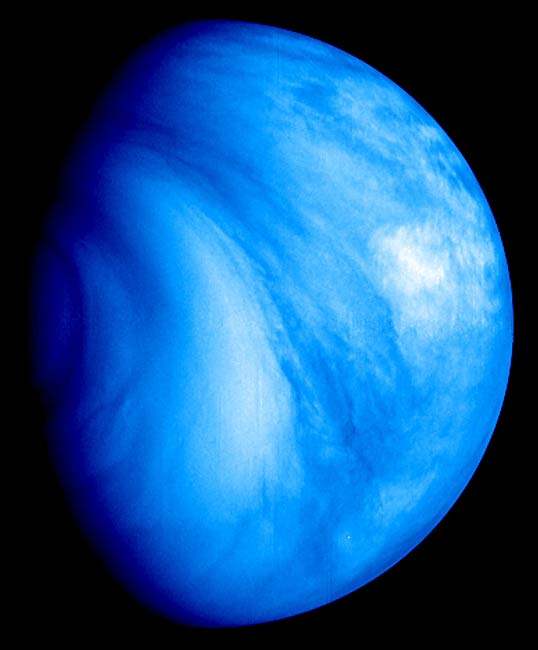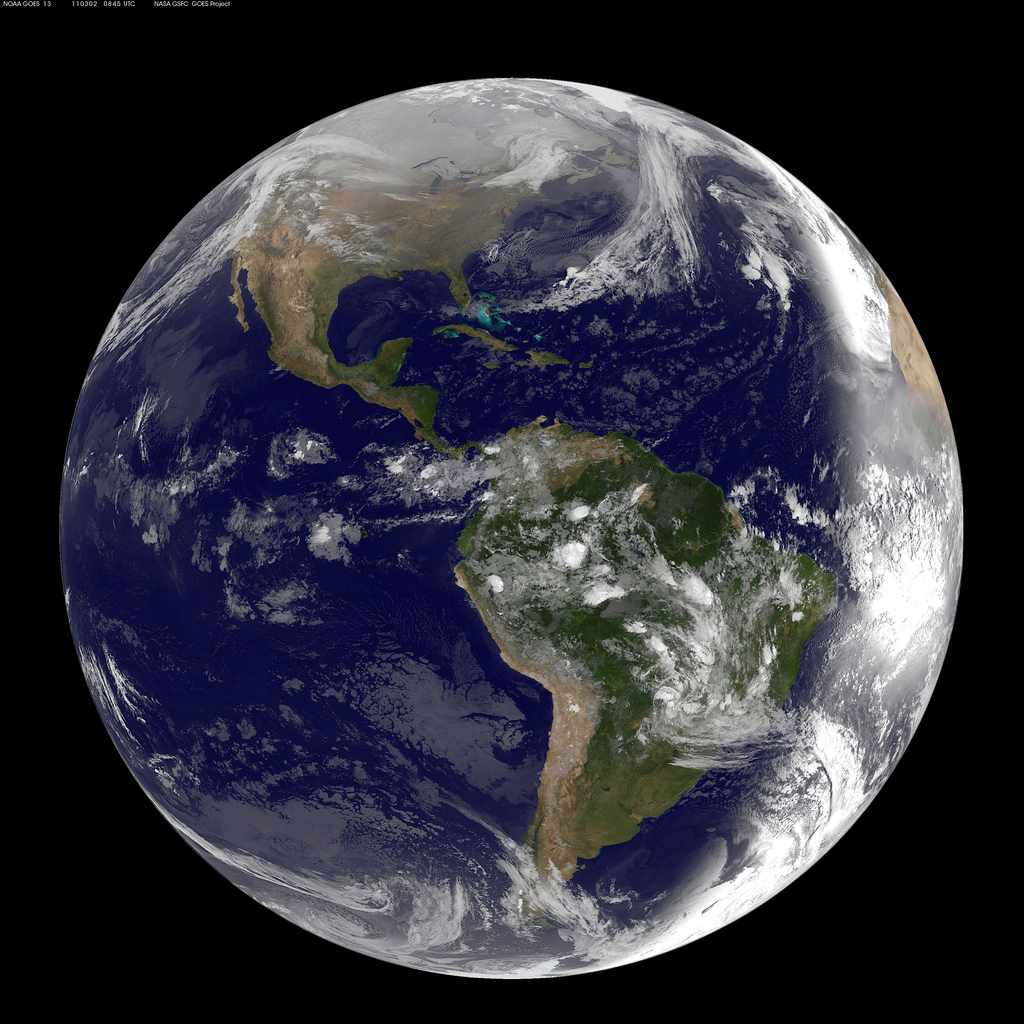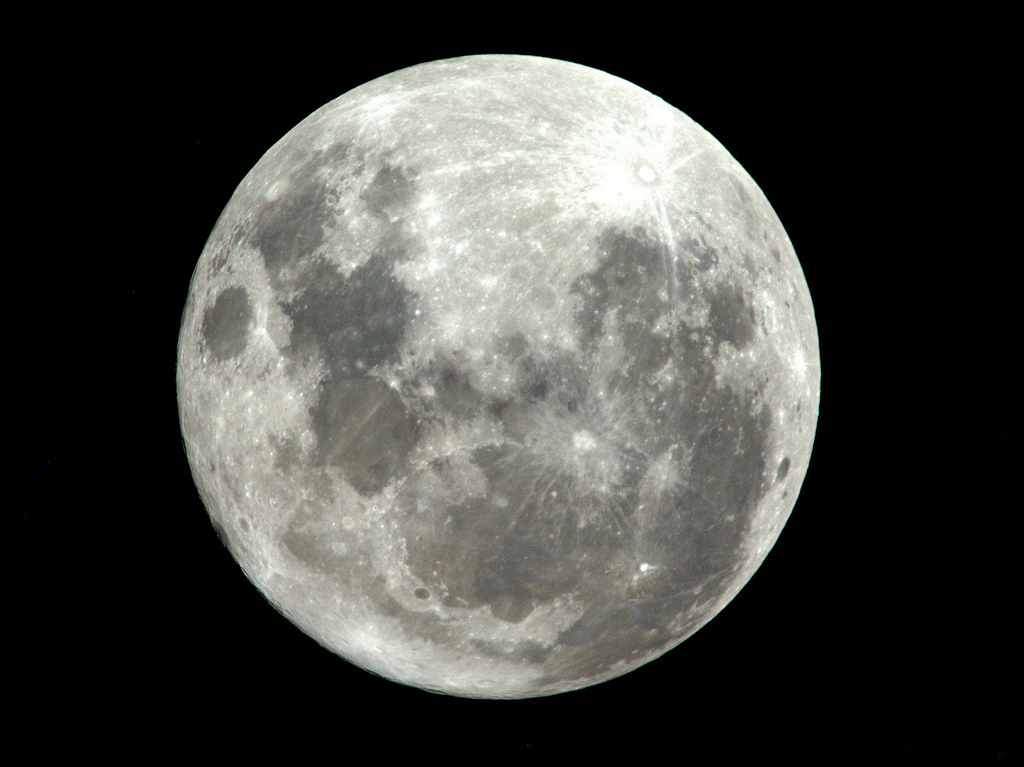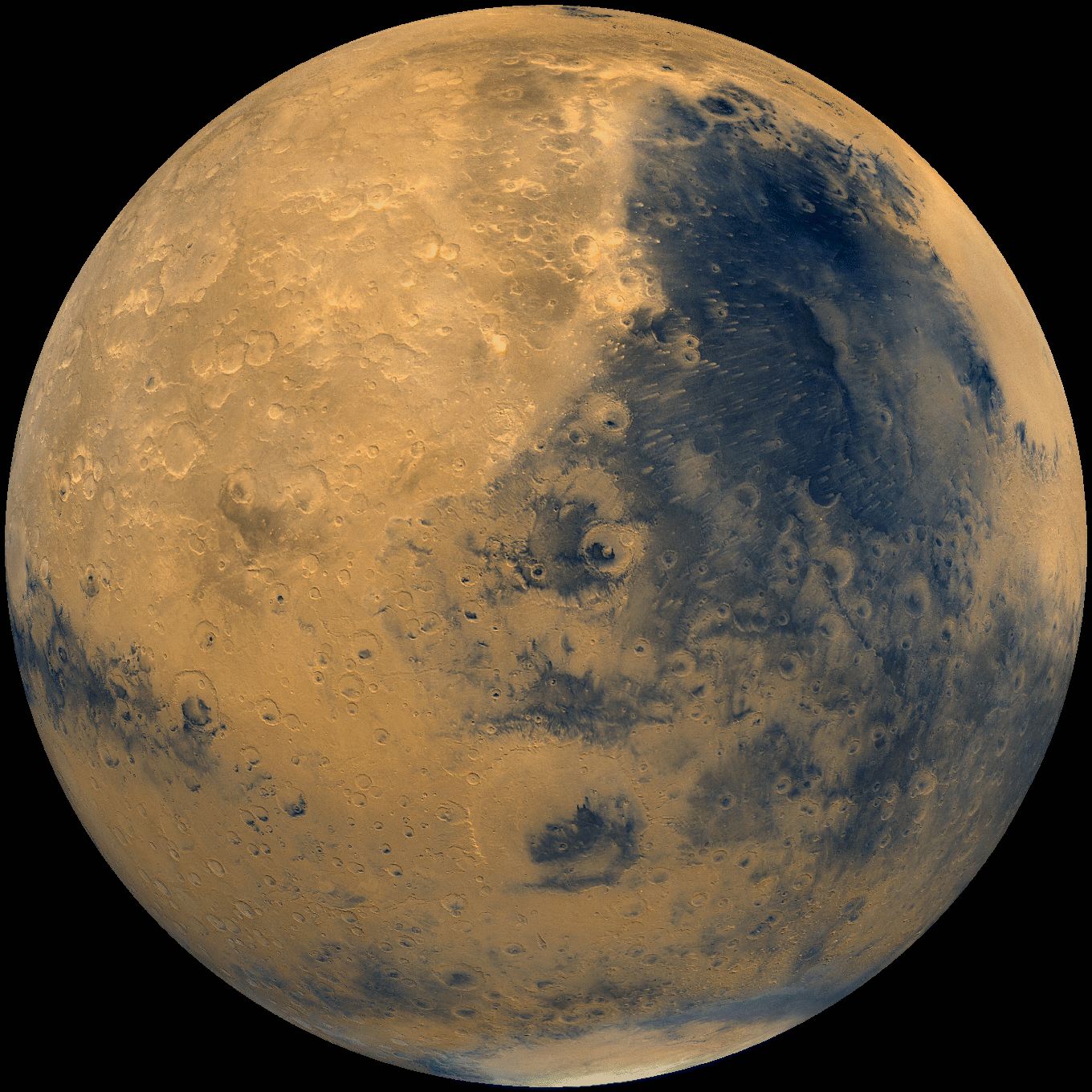Our Solar System: A Photo Tour of the Planets
Introduction
Our solar system contains objects ranging in size from the sun, the largest item, to tiny grains of rock in the asteroid belt.
Take a tour of our cosmic neighborhood in pictures. Come on, let's go!
The Sun
The sun, the star at the center of our solar system, controls everything within its mighty gravity field, commanding planets to orbit or pulling comets straight into it. It holds 99.8 percent of the solar system's mass, and measures roughly 109 times the diameter of the Earth. The visible part of the sun reaches a temperature of roughly 10,000 degrees F (5,500 degrees C), while temperatures in the core exceed 27 million degrees F (15 million degrees C), driven by nuclear reactions. It's plenty dangerous!
The Sun: Plasma Flickers
A close-up, profile view of an active region in extreme ultraviolet light showcased several small spurts of plasma as they flickered out and retreated back into the sun over about 13 hours (June 16, 2011). This wavelength captures ionized helium at about 60,000 degrees not far above the sun's surface. Flashes of small solar flares can be seen triggering most of these spurts.
Mercury
Mercury, the closest planet to the sun at 35,983,095 miles (57,909,175 km), is a hot world that whizzes around at the crazy speed of nearly 112,000 mph (180,000 kph), fastest in the solar system. Its radius is about 1,516.0 miles (2,439.7 km). Also, it possesses an extremely high temperature, a scorching 840 degrees F (450 degrees C), what with being so close to the sun and all.
Mercury's Atmosphere
Color differences on Mercury are subtle, but they reveal important information about the nature of the planet's surface material. A number of bright spots with a bluish tinge are visible in this image taken by NASA's Messenger probe on Jan. 14, 2008, which is a mosaic of three different images. Messenger is now orbiting Mercury.
Venus
Venus, our mysterious hot neighbor 67,237,910 miles (108,208,930 km) from the sun, possesses a gaseous atmosphere composed of deadly carbon dioxide with clouds of sulfuric acid. Its radius measures about 3,760.4 miles (6,051.8 km). Venus achieves a temperature of 870 degrees F (465 degrees C). Whew, that's hot! It's even hotter than that Mercury! Venus is the hottest planet in the solar system.
Breaking space news, the latest updates on rocket launches, skywatching events and more!
Venus Size Comparison
We've nearly reached our home planet, Earth. So here's a quick look at how our blue marble stacks up to its nearest neighbors. A comparison of the sizes of planets Venus (left), Earth and Mars.
Earth
Earth, our home planet, 3rd from the sun, exists at the so-called "Goldilocks distance" from the sun (92,955,820 miles or 149,597,890 km), where it experiences neither too hot nor too cold temperatures, thus allowing liquid water to exist on its surface. It is the only known planet in the solar system to possess an atmosphere containing free oxygen, oceans of liquid water on its surface, and life. Its radius is about 3,958.8 miles (6,371.00 km). Earth is definitely the place!
Earth's Moon
Our moon is the only other place in the solar system that that humans have visited. It's a cold round rock possessing caches of frozen water. Our moon orbits the Earth about once every 27 days at a distance of 238,855 miles (384,400 km). The moon's gravitation pull creates the tides in Earth's bodies of water.
How did it form? The leading theory suggests that a body smashed into Earth approximately 4.5 billion years ago, and the debris from both Earth and the impactor accumulated to form our natural satellite. Let's go back and visit it again!
The Moon Overhead
The Earth and the moon as seen on Jan. 15, 2011, from the International Space Station by astronaut Paolo Nespoli.
Mars
Mars, the mysterious red ball 141,637,725 miles (227,943,824 km) from the sun, is a desolate rock that may have once held rivers of flowing water. The Red Planet possesses stark landscapes featuring both the highest mountain and the deepest, longest valley in the solar system. Its radius is about 2,106.1 miles (3,389.5 km).
Mars is much colder than Earth, largely due to its greater distance from the sun. The average temperature hovers around a frosty minus 80 degrees F (minus 60 degrees C). Channels, valleys, and gullies cut into the entire surface of Mars, and suggest that liquid water might have flowed across the planet's surface. Let's go there next!

